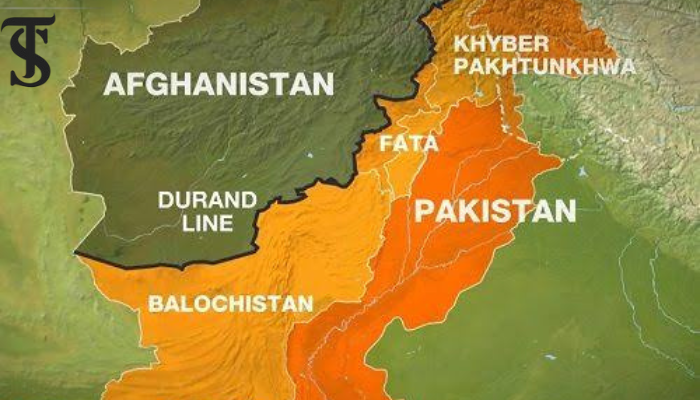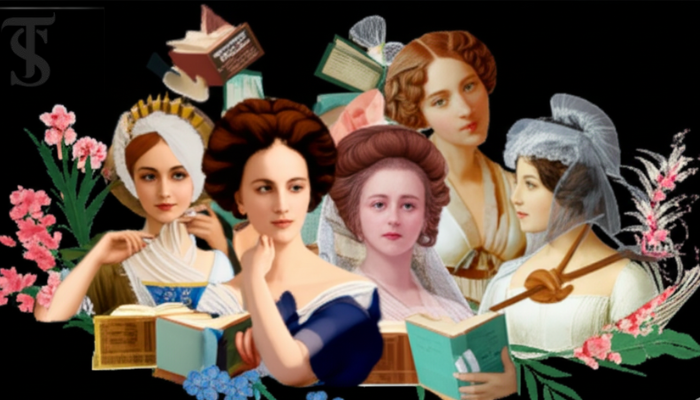Role of Literature and Movies in Developing American Narratives

- Cultural Diplomacy and Soft Power: The U.S. uses literature and film to project an image of freedom and opportunity, shaping global perceptions and encouraging emulation of the American way of life.
- Narrative Framing in Conflict: American media frames narratives that support military actions, portraying the U.S. as a hero in conflicts like the Cold War and the War on Terror, thus rallying domestic and international support.
- Reflection and Critique Post-Conflict: After military engagements, literature and film shift to explore the psychological impacts of war, fostering empathy and encouraging critical discussions about the consequences of U.S. actions.
It is important to know that America has for a long time relied on the use of literature and the film industry as instruments of its commercial diplomacy locally and internationally. Entertainment that takes place in books, movies, and television affirms and demonstrates the country’s culture, past, and traditions. These industries define the perception of Americans about themselves and how the rest of the world looks at this country. Relatively in line with American ideals seen in early pieces of writing, such as Mark Twain’s novels that gave America the spirit of individualism and adventure, to the Americans depicted in the Hollywood movies of today that taught people freedom, democracy, and creativity.
Movies in Hollywood significantly gained fame in the twentieth century, and the movies made their move into projecting American culture with subliminal messages in their films. War films of World War II, such as Casablanca (1942), emphasized the fight for justice; sci-fi pictures of the Cold War, in turn, can be viewed as stressing the competitiveness and the progress given the American stance to the Soviet Union. In the same way, other authors like Ernest Hemingway and F. Scott Fitzgerald painted both the downfall and rise of the American dream to readers all over the world.
Such themes as literature and films have painted America in a favorable image, as the land of opportunities, freedom, and innovation, hence a stronger soft power. What such stories do is mobilize people in other countries to crave or emulate the American way of life. To this end, the United States has committed itself to borrowing entertainment and injecting politics and cultural messages within its creative industries, and this has made the United States ensure that its creative industries work not only as a means of pride but also as a diplomacy to market their cultural creativity across the world.
The United States, for several decades now, has resorted to its literary and movie production as weapons to change the attitude of the world, to advance national interests, and to tell stories to the world. These are soft power tools that provide cover for military operations, rationalize policies, and build over time semantic associations of America’s part in world affairs.
How America Uses Literature and Film to Promote National Interests: A Study Across Three Eras
The Afghanistan War, especially after the Soviet incursion into Afghanistan in December 1979, was to assume a critical role for the United States about the Soviet Union—the superpower rival in the Cold War. Direct participation was relatively unnoticeable compared to what America’s role was in funding Afghan Mujahideen through the CIA operation called Cyclone. Both movies and literature were important in setting and misrepresenting the perception of this particular conflict. For example, books like “Charlie Wilson’s War” by George Crile, which later wrote about the secret war of Americans in Afghanistan, depicted America as the ally of freedom fighters against a dictator superpower. Though written in the 2000s, this book reflects the narrative established during the conflict: America then fighting for freedom.
Mainstream Hollywood: The cinema that provided victories through the Cold War significantly while making a pro-American stance. Hollywood films like “Rambo III” (1988) made Afghan Mujahideen appear as brave fighters fighting Soviet invaders with little help from Americans as crucial. This kind of story was designed to make the American people support the policies of its government and portray the Soviets as the evil enemy. With such cultural instruments at its disposal, the U.S. was able to sell its policies both at home and abroad to create a coalition to support its anti-Soviet policies.
Just after 9/11, the U.S. invaded Afghanistan to combat Al-Qaeda and the Taliban, which sheltered them; later the fight progressed to Iraq and other territories. Thus, this period witnessed aggrandizement in literature and film to stand for combating terrorism and saving the freedom agenda. Other books, such as ‘The Looming Tower’ by Lawrence Wright, chronologically described the rise of Islamist terror and the subsequent legitimacy of the war on terror. Memoirs of soldiers and journalists are among those that emphasize the bravery of the American troops and the losses of democracy protectors, for example, “Lone Survivor” by Marcus Luttrell.
Hollywood became an active advocate of the War on Terror dissemination. “Zero Dark Thirty” (2012) and “American Sniper” (2014) are good examples of films that depict the US military as courageous fighters against the dangerous enemy. More recent television series such as “Homeland” (2011–2020) expanded the scope of counterterrorism, and while it nuanced the portrayal of the US as a target of terrorism, it simultaneously rationalized questionable practices of surveillance and war. Thus, the two types of narratives worked together to mobilize the support of the domestic population for long wars as well as to justify the War on Terror.
The two wars stimulated a lot of literature and cinema, and basically, when the Americans started pulling out of Iraq and Afghanistan, the focus shifted towards contemplating the aftermath. It got personal and dramatized the measure of the cost of war on soldiers, civilians, and American society.These works include “The Yellow Birds” by Kevin Powers and “Redeployment “by Phil Klay, which painted a picture of the psychological impact of war on military men, themes of post-war trauma, and different feelings that veterans encountered. These works subverted the didactic moralism of previous story arcs and encouraged readers to think about the bodies lost to American imperialism.
Some of the movies that highlight the experiences of soldiers and the effects of war include ‘The Hurt Locker (2008) and ‘Thank You for Your Service’ (2017). On the whole, these movies did not hesitate to point out the follies of the U.S. involvement in these wars, but there was always a deference to individual soldiers and their losses. On a similar note, new documentaries like “Restrepo” (2010) offered a real and grim picture of war, unlike the previous depictions of wars as heroic, significant, and great adventures. Such narratives represented a new function for literature and film in America: not as vehicles for advocating for war but as a way of easing the country into a new mission—that of empathizing with the consequences of warfare.
It indicates that literature and film are important partners for the United States in marketing its interests. When the Afghan War kicked off, these mediums assisted in rationalizing anti-Soviet actions. In the War on Terror, they demonstrated for military operations. After the War on Terror, they turned to reflection, which gave a new understanding of the nature and results of continued fighting. With the ability to mold the minds of society and the world, America’s literature and film industry extends its soft power so that their stories remain the only stories worth telling, both within the confines of the country and beyond.
Humera Mehboob
The author is a Pakistan-based novelist and a contemporary author who has written almost four novelists. These are Nazia, Redemption’s Glow, Singing the Tale of Serenity Shores, lastly Journey And Surrender.





